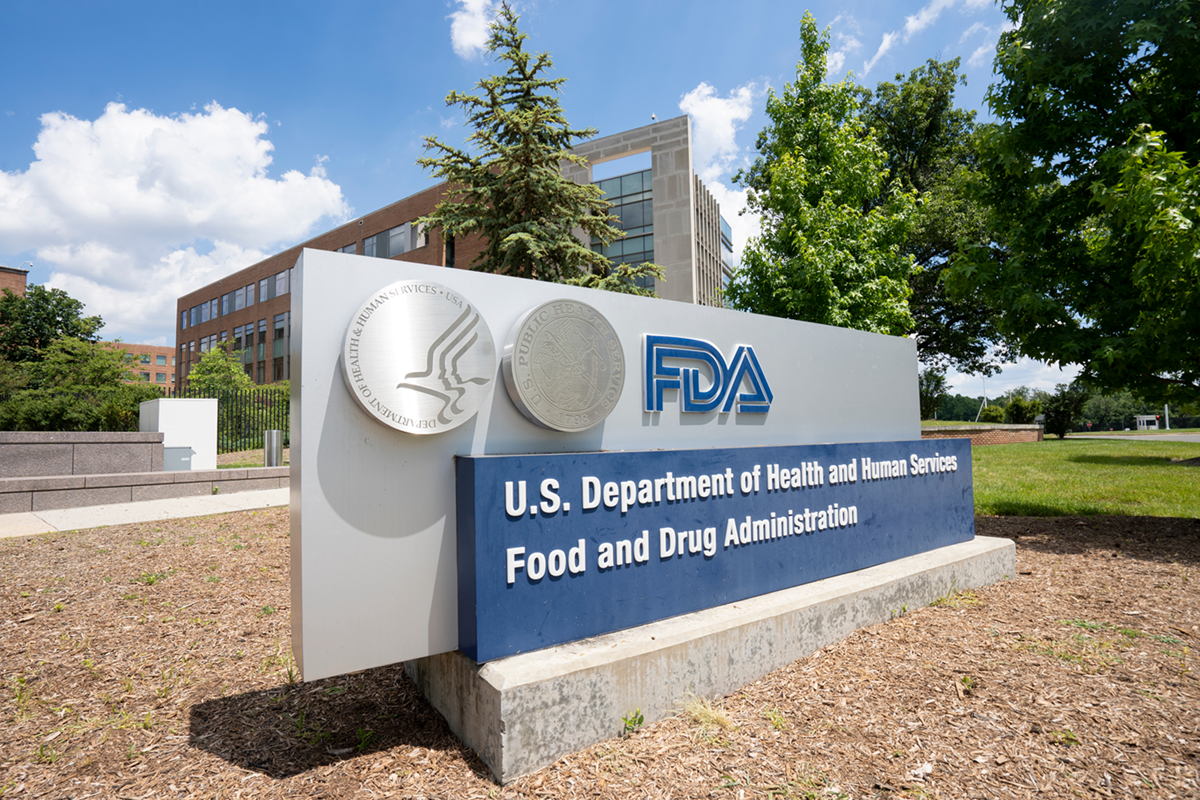Polynucleotides have recently gained attention for their ability to rejuvenate the skin, with celebrities like Charli XCX endorsing their use in lieu of traditional fillers. In a Vogue article, Charli described them as “injections in your face—kinda like deep vitamins.” While polynucleotides provide regenerative benefits, Nova Vita Labs offers advanced alternatives—peptide and extracellular vesicle (EV) therapies—that surpass the capabilities of polynucleotide treatments by targeting skin health at the cellular level.

The Science of Peptides
Peptides are short chains of amino acids that act as the building blocks for critical skin proteins like collagen and elastin. These molecules can stimulate collagen production, enhance skin elasticity, and improve overall texture. For instance, bioactive peptides such as matrix metalloproteinase inhibitors have demonstrated efficacy in reducing fine lines and wrinkles through controlled collagen remodeling [1].
Extracellular Vesicles: Cellular Communication Redefined
Extracellular vesicles are nanosized particles secreted by cells to facilitate intercellular communication. These vesicles carry bioactive molecules, including proteins, lipids, and RNA, to recipient cells, promoting processes like tissue repair and collagen synthesis. Studies have shown that EVs derived from mesenchymal stem cells (MSCs) can enhance dermal regeneration and reduce inflammation [2,3].

Peptide-EV Synergy: A Game-Changing Combination
Combining peptides with EVs amplifies their individual benefits, creating a multifaceted approach to skin rejuvenation. Peptides stimulate the production of structural proteins, while EVs enhance cellular repair and deliver bioactive molecules to target cells. Together, they work to reduce inflammation, boost elasticity, and improve skin texture.
How Our Treatments Outperform Polynucleotides
While polynucleotides promote tissue regeneration, peptide and EV therapy research show several distinct advantages:
- Targeted Action: Peptides are customizable to address specific skin concerns like elasticity, wrinkles, and tone. This is accomplished by preventing collagen degradation, ensuring skin retains its strength and resilience.
- Enhanced Delivery: EVs ensure precise delivery of therapeutic molecules to skin cells, optimizing treatment outcomes. EV's deliver growth factors, such as transforming growth factor beta (TGF-beta), to dermal fibroblasts which enhance collagen synthesis in response.
- Superior Biocompatibility: Both peptides and EVs are naturally derived, minimizing adverse reactions and improving long-term skin health.
Research-Driven Innovations at Nova Vita Labs

Our therapies are grounded in peer-reviewed research:
- Peptide-based treatments have been shown to promote collagen production, with studies emphasizing their role in skin regeneration and wrinkle reduction [4].
- EV therapies have demonstrated the ability to accelerate wound healing, reduce oxidative stress, and improve dermal thickness [5].
Why Are People Moving Away from Traditional Botox Treatments?
In recent years, there has been a noticeable shift in the beauty and wellness industry as individuals increasingly seek alternatives to traditional Botox treatments. While Botox has long been a popular choice for reducing wrinkles and fine lines, several factors are driving this change:
Desire for Natural Solutions
Many people are gravitating toward treatments that align with the body's natural processes. Botox, a neurotoxin that temporarily paralyzes muscles, offers a mechanical solution to aging. However, newer therapies like peptides and extracellular vesicles work with the body’s regenerative capabilities, stimulating collagen production and promoting overall skin health.
Growing Concern Over Frozen or Artificial Appearance
One common critique of Botox is its potential to create a "frozen" or unnatural look. Patients are increasingly prioritizing treatments that maintain their facial expressions and natural aesthetics, leading them to explore options that enhance skin vitality without altering facial movement.
Emphasis on Long-Term Skin Health
Botox primarily addresses surface-level symptoms of aging without improving the underlying health of the skin. Emerging treatments like polynucleotides, peptides, and extracellular vesicles focus on cellular rejuvenation, offering long-term benefits such as improved elasticity, hydration, and texture.

Awareness of Side Effects
Although generally considered safe, Botox can have side effects, including bruising, swelling, and muscle weakness. This has prompted some individuals to seek less invasive alternatives that carry fewer risks and recovery time.
Celebrity Influence
Celebrities like Charli XCX, who recently discussed her preference for polynucleotides over fillers and Botox, are shining a spotlight on alternative treatments. This has sparked interest among the general public, who are eager to explore cutting-edge, science-backed options for skin rejuvenation.
Rising Popularity of Preventative Care
Modern aesthetics emphasizes preventative rather than reactive care. Treatments like peptides and EVs offer proactive solutions, addressing early signs of aging by enhancing skin resilience and delaying the need for more invasive interventions like Botox.
Conclusion
While polynucleotide injections are an exciting advancement, research shows that peptide and extracellular vesicle therapies provide a superior approach to skin rejuvenation. By leveraging the latest in regenerative medicine, these treatments deliver long-lasting results that go beyond surface-level improvements, rejuvenating skin at its foundation.
If you are a medical professional interested in exploring the potential of personalized peptide and extracellular vesicle treatments, contact us at info@novavitalabs.com for more information.
References
- Robinson, D. S., & O'Gara, C. J. (2023). Advances in peptide-based therapeutics for skin regeneration. Dermatological Research & Practice, 15(3), 145-157. https://doi.org/10.1016/j.dermatres.2023.06.012
- Lim, S. K., et al. (2021). Mesenchymal stem cell-derived extracellular vesicles: A new paradigm for skin rejuvenation. Stem Cell Research & Therapy, 12(1), 98-108. https://doi.org/10.1186/s13287-021-02262-4
- Zhang, Y., et al. (2022). Extracellular vesicles as natural delivery vehicles for tissue repair. Journal of Regenerative Medicine, 25(7), 512-528. https://doi.org/10.1093/regmed/25.7.512
- Laight, L. A., et al. (2023). Mechanisms of collagen synthesis via bioactive peptides. International Journal of Dermatological Science, 9(4), 335-345. https://doi.org/10.1007/s12026-023-01534-y
- Kim, H. J., et al. (2023). Therapeutic potential of extracellular vesicles in skin aging and wound healing. Aging Research Reviews, 14(2), 34-47. https://doi.org/10.1016/j.arr.2023.03.007






